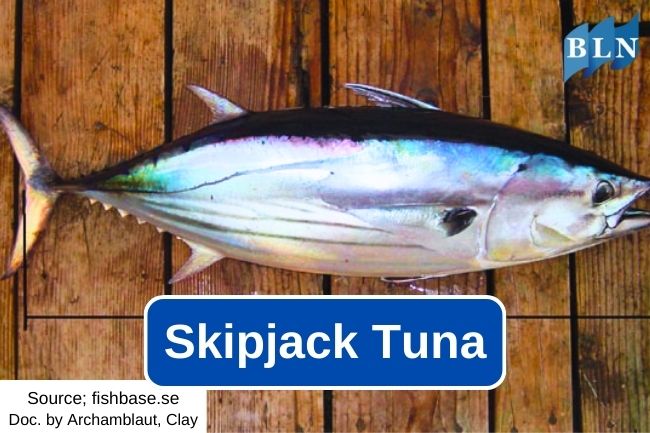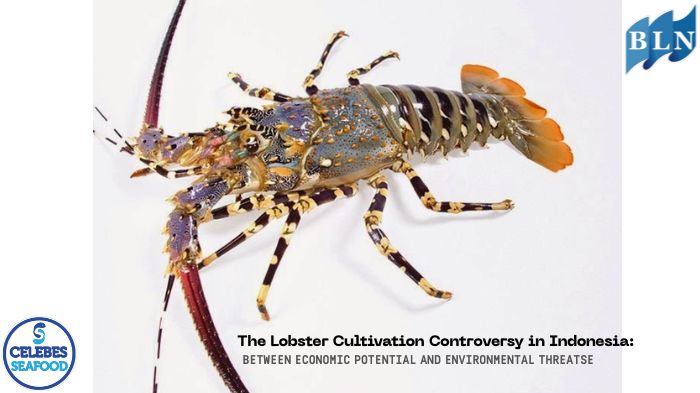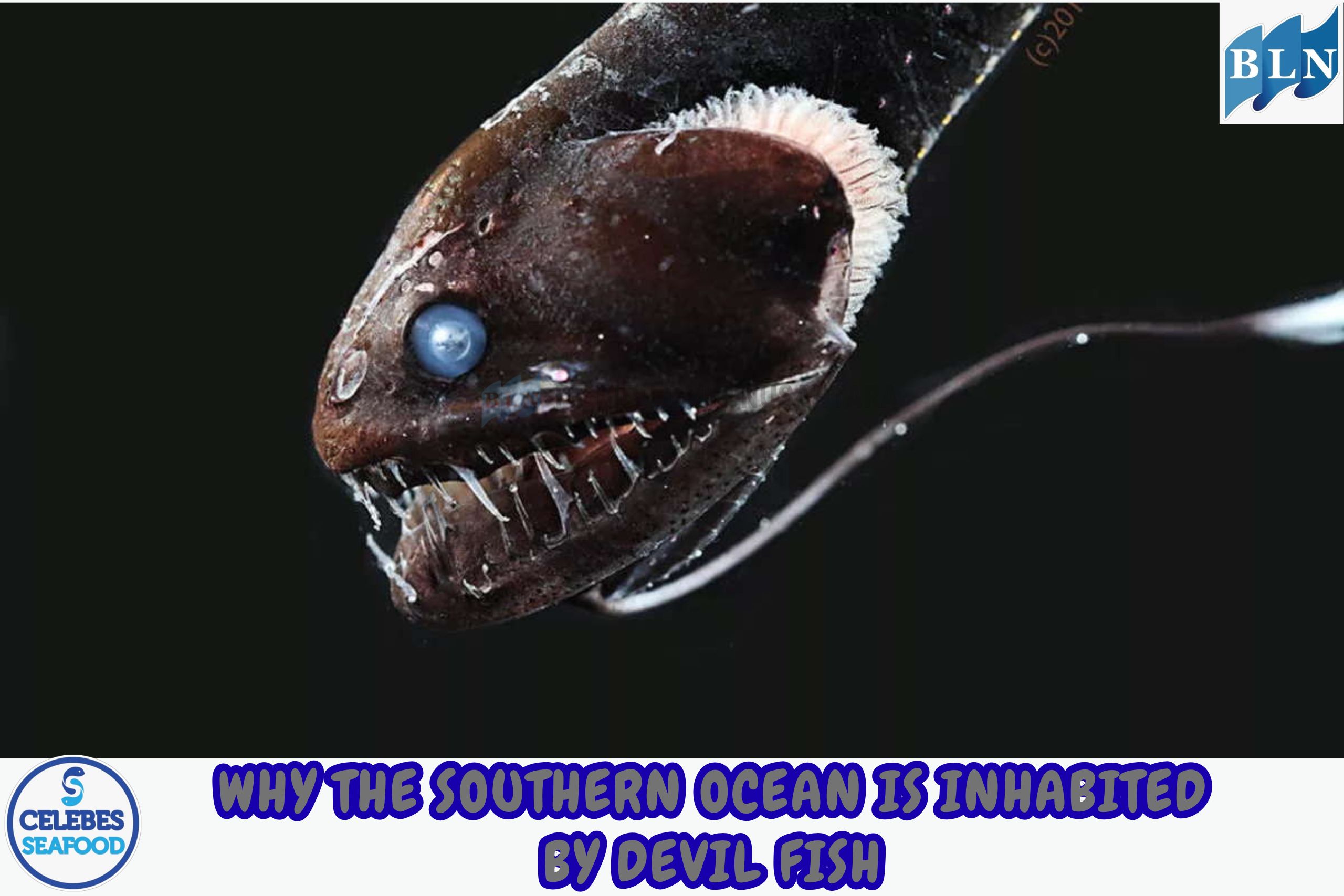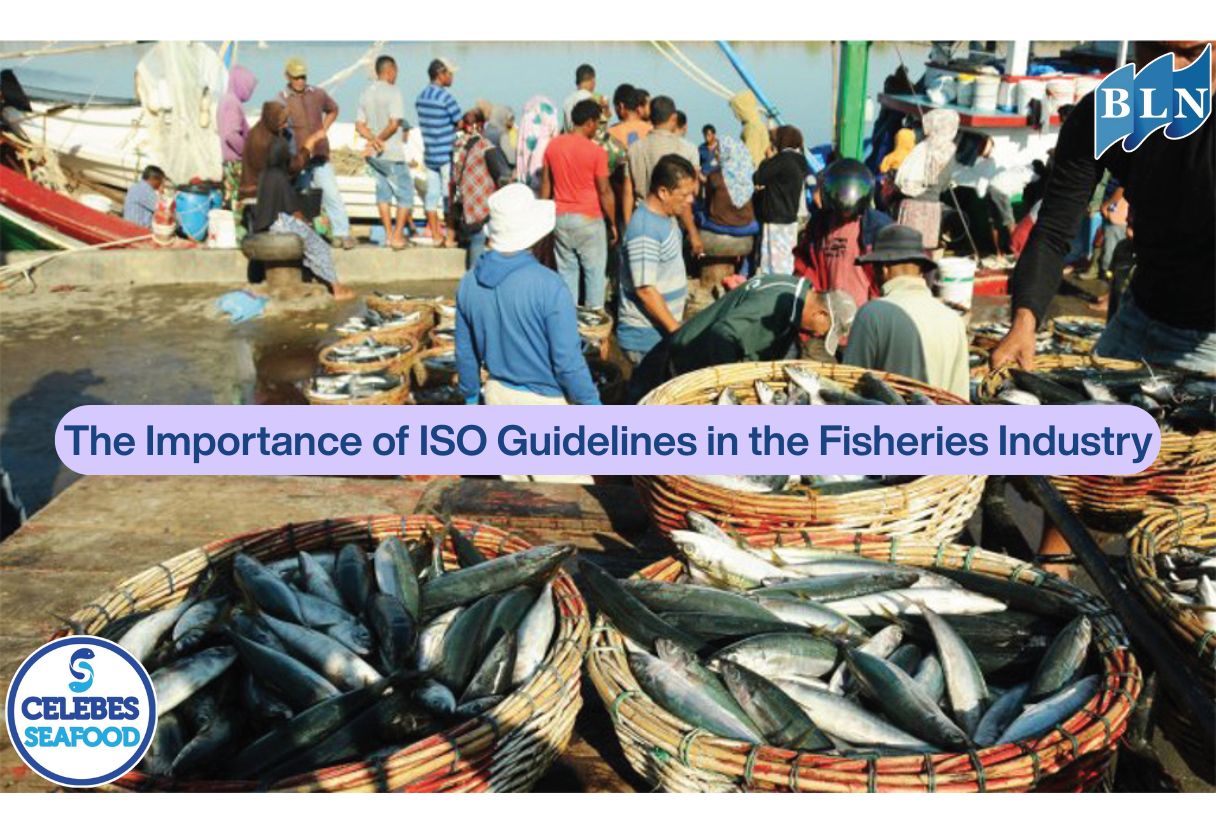Here are Skipjack Tuna Description
By. Nevanda - 30 Mar 2023
lautnusantara.com - Skipjack tuna are an important prey species for open ocean sharks and large bony fishes, especially the billfishes, and play an important intermediate role in pelagic food webs.
Skipjack reproduce through a behavior known as broadcast spawning, where several females release eggs and several males release sperm into the water column, all at the same time. This method increases the likelihood that eggs will become successfully fertilized and that fertilized eggs will not be eaten by egg predators.
Read also: Milkfish Aquaculture
Skipjack eat a variety of prey, including small fishes, squids, pelagic crustaceans, and other small invertebrates. They do not have the ability to suction feed and instead must rely on their fast swimming speeds to overcome and bite prey. They are also unable to pump water across their gills, so they must constantly swim forward in order to retrieve sufficient oxygen from the water.
The skipjack tuna is the most heavily fished tuna and accounts for at least 60% of the legally caught tuna landed worldwide. This species lives in tropical latitudes of all oceans and is fished commercially everywhere that it is found. Fortunately, it is fast-growing, reproduces at a young age, and produces millions of eggs, and scientists believe the fisheries that target it to be relatively well managed. Therefore, the skipjack tuna is generally considered a species of least concern. It is not at current risk of going extinct.
Read also: 4 Indonesian Snapper
Knowing the skipjack’s tendency to school around floating objects, many fishers have started designing and deploying fish aggregating devices (FADs) – manmade objects that attract skipjack and other species in the open ocean. These devices are now technologically advanced enough to measure the amount of tuna schooling below them and transmit that number, along with the FAD’s location, directly to nearby fishing boats.
The accidental catch of other species (including sharks, sea turtles, and other tunas) and of juvenile fishes is a harmful side effect of an otherwise well-managed fishery. Without strict regulation of the way these FADs are used, other species that are at risk of endangerment or extinction could be threatened further.
Read also: 5 Interesting Facts of Colossal Squid








